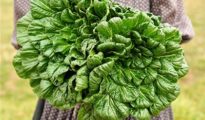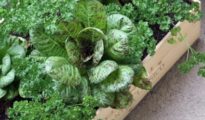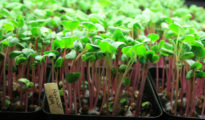Are you looking to start a vegetable garden but don't know where to begin? Starting a vegetable garden can be a rewarding and satisfying experience, providing you with fresh, healthy produce and a deeper connection to the natural world. But getting started can be daunting, especially if you've never gardened before. In this step-by-step guide for beginners, we'll walk you through everything you need to know to starting a vegetable garden, from choosing a location and preparing the soil to selecting the right vegetables and caring for your plants.
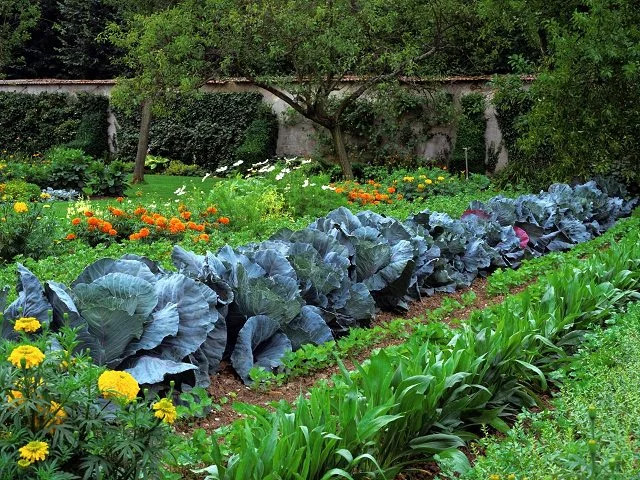
Choosing a Location
The first step in starting a vegetable garden is to choose a location. Here are some key factors to consider:
- Sunlight: Vegetables need at least six hours of direct sunlight each day to grow properly. Choose a spot that gets plenty of sun, or plan to use containers that can be moved to follow the sun.
- Soil: Vegetables need rich, well-draining soil that is free of rocks and debris. Avoid areas with heavy clay soil or poor drainage.
- Space: Choose a location that is large enough to accommodate the size of your garden. Consider how much space each vegetable will need and plan accordingly.
- Accessibility: Make sure your garden is easily accessible for watering, weeding, and harvesting. Avoid areas that are difficult to reach or require a lot of bending or stooping.
Preparing the Soil
Once you've chosen a location for your garden, the next step is to prepare the soil. Here's how:
- Clear the area: Remove any grass, weeds, or debris from the area where you plan to plant your garden.
- Loosen the soil: Use a garden fork or tiller to loosen the soil to a depth of at least 12 inches. This will allow the roots of your vegetables to penetrate deeply into the soil.
- Add compost: Mix in a generous amount of compost to enrich the soil and improve its texture. You can also add other organic materials such as shredded leaves, grass clippings, or manure.
- Test the soil: Use a soil test kit to determine the pH level and nutrient content of your soil. Most vegetables prefer a slightly acidic soil with a pH between 6.0 and 7.0.
Choosing Your Vegetables
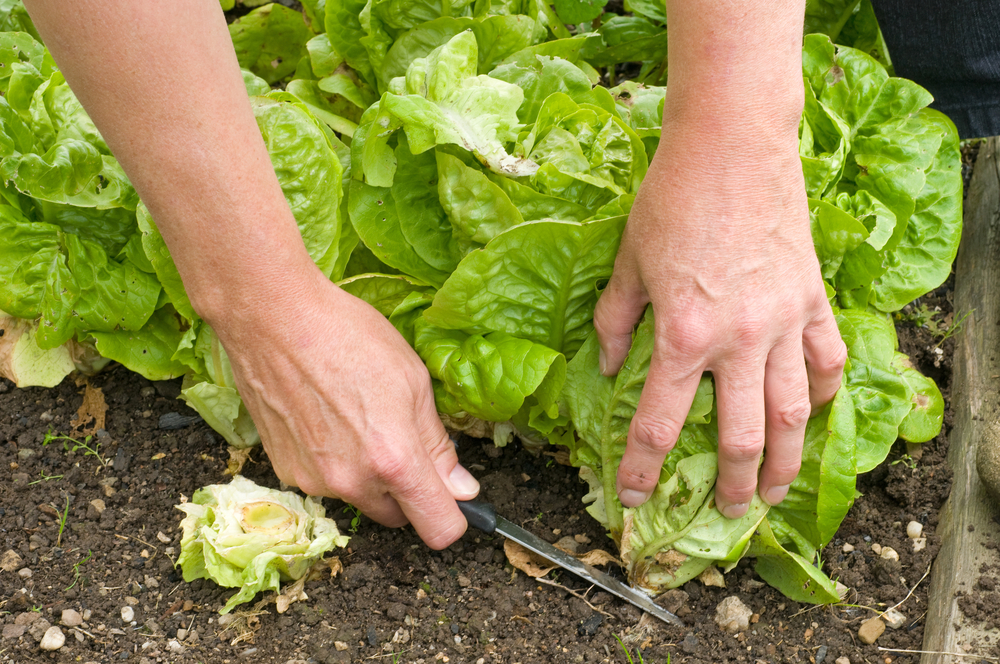
Now that you've prepared the soil, it's time to choose your vegetables. Here are some things to consider:
- Climate: Choose vegetables that are well-suited to your climate and growing season. Some vegetables, such as tomatoes and peppers, require a long growing season, while others, such as lettuce and spinach, can be grown in cooler weather.
- Space: Consider the amount of space each vegetable will need and plan accordingly. Some vegetables, such as cucumbers and squash, require a lot of room to spread out, while others, such as carrots and radishes, can be grown in small spaces.
- Succession planting: Consider planting vegetables that have different growing seasons so you can harvest fresh produce throughout the growing season.
Planting Your Vegetables
Now it's time to plant your vegetables. Here's how:
- Make rows: Use a hoe or rake to make rows for your vegetables. Space the rows according to the planting instructions for each vegetable.
- Plant the seeds: Plant the seeds according to the instructions on the seed packet. Make sure to plant them at the correct depth and distance apart.
- Water the seeds: Water the seeds immediately after planting to help them germinate.
- Mulch: Once the seeds have germinated, add a layer of mulch around the plants to help retain moisture and suppress weeds.
Caring for Your Garden
Congratulations! Now that you've planted your vegetables, it's important to take care of them properly to ensure a healthy harvest. Here are some tips for caring for your garden:
- Watering: Vegetables need regular watering to grow properly. Water deeply once or twice a week, depending on the weather and soil conditions. Avoid getting the leaves wet, as this can promote disease.
- Fertilizing: Vegetables need regular fertilizing to provide the nutrients they need to grow. You can use a commercial fertilizer or make your own compost tea by steeping compost in water.
- Weeding: Weeds can rob your vegetables of nutrients and water. Regular weeding is essential to keep your garden healthy.
- Pest control: Insects and other pests can damage your vegetables. You can use natural pest control methods such as companion planting, row covers, and insecticidal soap to keep pests at bay.
- Harvesting: Harvest your vegetables when they are ripe to promote continued growth. Use a sharp knife or scissors to avoid damaging the plant.
Troubleshooting Common Problems
Even with proper care, your vegetable garden may encounter some problems along the way. Here are some common problems and how to address them:
- Disease: Plants can be susceptible to a variety of diseases, such as powdery mildew and blight. Remove infected plants and treat healthy plants with a fungicide.
- Pests: In addition to insects, other pests such as deer and rabbits can damage your garden. Use physical barriers such as fences or netting to keep pests out.
- Nutrient deficiencies: If your plants are not growing properly or have yellowing leaves, they may be suffering from a nutrient deficiency. Add fertilizer or compost to provide the missing nutrients.
- Overwatering: Too much water can cause root rot and other problems. Make sure to water deeply but not too frequently, and use well-draining soil.
Starting a vegetable garden can be a fun and rewarding experience, providing you with fresh, healthy produce and a deeper connection to the natural world. By following these steps, you can get started on your own vegetable garden and enjoy the benefits of growing your own food. With a little patience and care, you'll be harvesting your own vegetables in no time!


